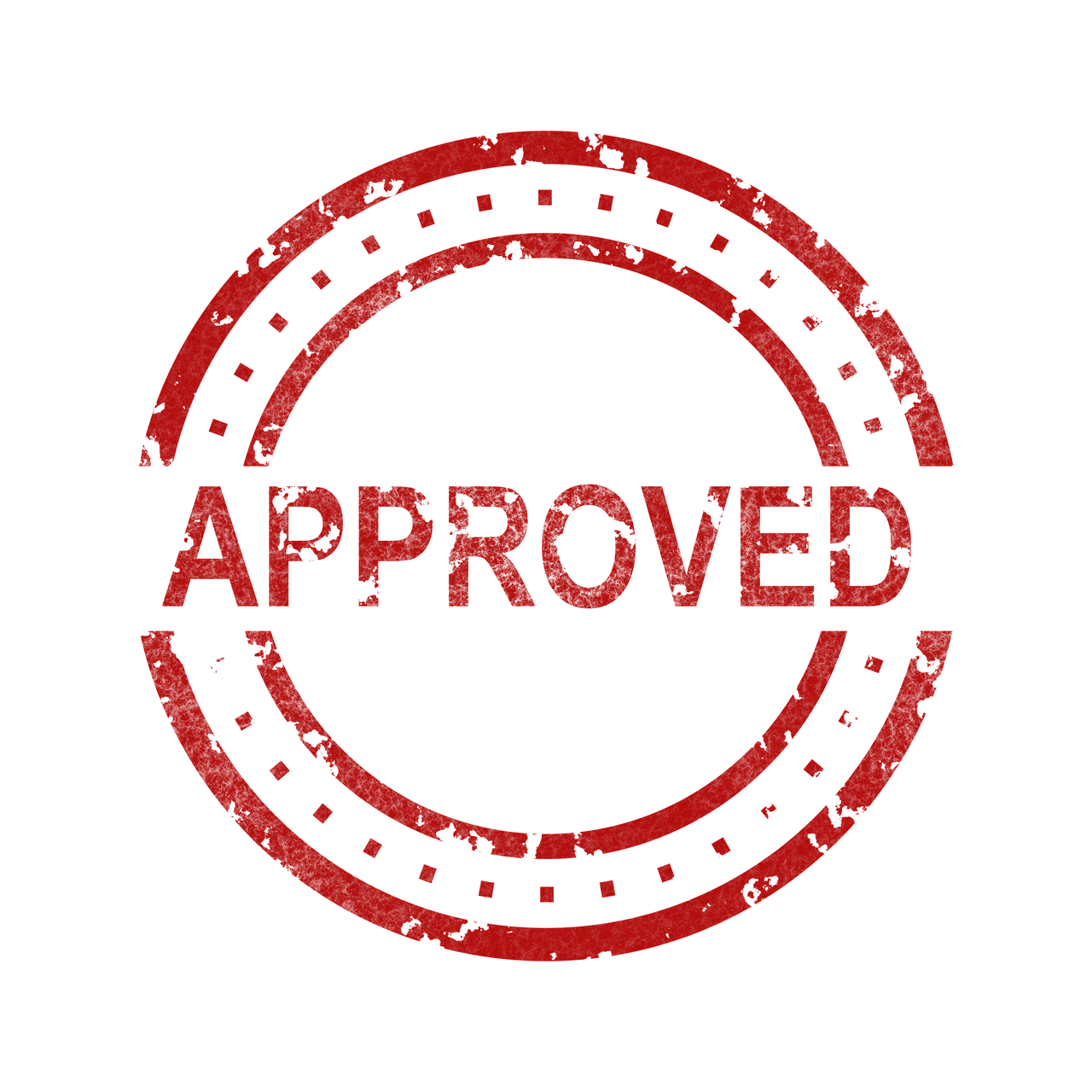In today’s dynamic economic landscape, more individuals are eager to transform their side hustles into fully-fledged businesses. The surge in freelance gigs, online stores, and creative enterprises is not just a trend but a profound shift in how people approach work and economic independence. With the convenience of platforms like Shopify, Etsy, and Squarespace paired with tools such as Canva and Fiverr, budding entrepreneurs can launch a venture with minimal upfront costs. However, transitioning from a side hustle to a full-time business demands comprehensive planning and strategic preparation to ensure sustainability and growth. It’s a path sprinkled with challenges, opportunities, and a need for balancing financial stability with the desire for entrepreneurial freedom.
One of the main drivers behind this transition is the increasing number of younger generations, especially Gen Z and millennials, who view entrepreneurship not only as a supplementary income but as a viable long-term career. Recent studies reveal that nearly half of Gen Zers and millennials aim to convert side projects into their primary sources of income, emphasizing the necessity for accessible resources and clear roadmaps. Success hinges on thoroughly assessing readiness, strategic business planning, and leveraging networks and technological solutions to streamline operations.
This article explores actionable strategies, best practices, and real-life examples to empower side hustlers to confidently take the leap toward full-time entrepreneurship. We cover everything from self-evaluation and market validation to marketing, branding, and emotional resilience, ensuring readers are equipped to navigate this exciting journey effectively.
Assessing Your READINESS to Shift From Side Hustle to Full-Time Business Success
Before diving fully into entrepreneurship, it’s crucial to conduct an honest self-assessment and market analysis. The decision to move your side hustle into a full-time role should be grounded on clear indicators of readiness rather than a leap of faith.
Evaluating Personal Skills and Market Demand
Identify your core skills that will act as pillars for your business. For instance, if you excel in graphic design, this skill not only serves well on freelancing platforms like Upwork and Fiverr but can also become the bedrock of a creative agency. Parallel to a skills audit, extensive market research is vital—explore online forums, competitor insights, and consumer discussions to ensure your product or service aligns with tangible demand.
To validate your business concept, consider leveraging resources on how to validate business ideas, which guide you through testing assumptions and gathering honest feedback. Understanding whether your offering solves a real problem or fills a unique niche can distinguish your venture from others.
Financial Stability: Building Your Safety Net
Switching to full-time entrepreneurship requires a safety net—financially and mentally. Experts recommend saving at least three to six months’ expenses before quitting your day job. Meanwhile, gradually ramp up your side hustle income and try to reach at least 75% of what you earn through your current employment. This strategy decreases risk and provides clarity on your business’s profitability.
This approach aligns with guidance on how to overcome business risk and fear, preparing you to manage uncertainties confidently. Keep track of customer retention and satisfaction since loyal customers signal product-market fit.
Checklist for Readiness Assessment
- Skill alignment: Do your capabilities meet business needs?
- Market validation: Is there consistent demand?
- Financial reserves: Have you saved adequately?
- Revenue stream: Is your side hustle income stable and growing?
- Contingency plan: Do you have buffers for unexpected challenges?
| Readiness Aspect | Key Indicators | Suggested Actions |
|---|---|---|
| Skills and Expertise | Strong alignment between skills and target business needs | Enhance skills through courses; join communities for feedback |
| Market Demand | Positive customer engagement and competitor analysis | Conduct surveys; use tools like Google Trends for validation |
| Financial Health | 3-6 months of savings; 75% income match from side hustle | Create budget plans; monitor spending with QuickBooks |
| Customer Satisfaction | High customer retention and positive reviews | Implement feedback mechanisms; refine products/services |
Determining your readiness lays the foundation for a structured and successful transition. Failing to properly prepare can lead to premature quitting and financial distress, which can be avoided by careful evaluation and planning.

Crafting a Strategic Business Plan for Full-Time Transition
Planning is your roadmap in the journey from a casual side hustle to a thriving full-time business. Without it, you risk misaligned goals and inefficiencies.
Building a Clear Mission and Vision
Your mission defines what your business stands for and the difference it aims to make. According to Ashley Hubka of Walmart Business, clarity of mission is the first critical step in going full-time—it separates passion projects from actionable ventures. Answer these questions to refine your mission:
- Who exactly are your customers?
- What problem does your product or service solve?
- What unique value do you deliver?
A targeted mission helps craft messages for branding, marketing, and customer engagement.
Setting Achievable Short-Term and Long-Term Goals
Short-term goals encourage immediate progress, such as boosting social media reach with platforms like Instagram and utilizing Mailchimp or Klaviyo for marketing automation. Long-term objectives could include building a team or expanding product lines on platforms like Shopify or Etsy.
Milestone Planning and Flexibility
Identify key dates like launching your upgraded website via Squarespace or hitting revenue benchmarks. Keep in mind that business plans must adapt to changes, so revisit and revise every few months.
For more insights into building effective foundations, reading about minimum viable product strategies can help focus efforts on the essentials first to validate your market quickly and economically.
| Planning Element | Actions | Tools to Use |
|---|---|---|
| Mission & Vision | Define purpose and core offerings | Canva for branding, Slack for team brainstorming |
| Short-Term Goals | Increase social media presence, launch campaigns | Mailchimp, Klaviyo, Instagram |
| Long-Term Goals | Expand products/services, hire employees | Shopify, Etsy, Upwork to find freelancers |
| Milestones | Define and track key project dates | Project management tools like Trello, Asana |
Transitioning your side hustle to full-time demands discipline and commitment to your strategic plan. It becomes your anchor amid uncertainties, ensuring each step has purpose and direction.

Effective Marketing, Branding, and Community Building for Your Business Growth
Establishing a strong brand and support network is indispensable when you commit to making your side hustle the main source of income. These elements build customer trust and foster long-term relationships.
Developing a Distinct Brand Identity
Your brand’s voice and personality differentiate your offerings from competitors. Define whether your tone is professional, playful, or inspirational and maintain consistency across channels. Use Canva to create cohesive visuals and establish a professional website through Squarespace to serve as your business HQ online.
Engaging Marketing Techniques
Leverage email marketing tools like Mailchimp and Klaviyo to nurture leads and drive sales with personalized campaigns. Social media platforms such as Instagram and Facebook provide direct connections to your target audience. Implement automation features within these tools to simplify ongoing customer engagement.
Building and Leveraging a Support Network
Resources and community support ease the pressures of entrepreneurship. Actively participate in professional groups locally or online and attend networking events for opportunities and mentorship. Collaborations often arise from genuine connections, enhancing growth potential.
- Join industry-specific online communities and forums
- Attend virtual and in-person networking meetups
- Seek mentors for business guidance and feedback
| Branding & Marketing Aspect | Best Practices | Recommended Tools |
|---|---|---|
| Brand Identity | Consistent messaging & visual identity | Canva, Squarespace |
| Email Marketing | Personalization and automation | Mailchimp, Klaviyo |
| Social Media | Regular, engaging content posting | Instagram, Facebook, Slack for team coordination |
| Networking | Active participation & relationship-building | Professional groups, local events |
Strong marketing and networking amplify your visibility and business credibility, shaping how consumers perceive and remember your brand. In 2025, wielding these digital tools strategically is a game-changer for new full-time businesses.
Overcoming Challenges and Managing Risks When Going Full-Time
Taking the leap to full-time entrepreneurship inherently carries risks and emotional challenges. Addressing these head-on minimizes stress and lays a solid foundation for long-term success.
Risk Management Strategies
To mitigate risk, maintain your full-time employment until your side hustle achieves steady and sustainable revenue streams. Creating a buffer fund and possibly continuing part-time work during the early transition phase can reduce financial pressures. Utilize accounting software like QuickBooks to track cash flow in real-time, enabling timely decisions and budget adjustments.
Research on survival rates underscores the importance of planning and support. Entrepreneurs who prepare and adapt generally navigate early pitfalls better than those who jump in unprepared. Discover detailed strategies on how to thrive in crises to build resilience for unpredictable challenges.
Emotional Resilience and Preventing Burnout
Entrepreneurship is often an emotional roller coaster, marked by highs and lows—from exhilarating wins to demanding setbacks. Setting realistic deadlines and clear work schedules guards against burnout. Entrepreneurs should also prioritize mental well-being by maintaining connections with support systems and scheduling regular downtime.
- Set manageable daily and weekly goals
- Practice gratitude and reflect on achievements
- Establish boundaries between work and personal life
| Challenge | Solutions / Tips | Tools & Resources |
|---|---|---|
| Financial instability | Build savings; maintain part-time income | QuickBooks for budgeting; Fiverr or Upwork for freelance gigs |
| Time management | Use task management apps; | Slack, Trello, Asana for organization and communication |
| Emotional burnout | Set clear goals and breaks; seek support networks | Mindfulness apps; local entrepreneur groups |
Facing challenges proactively with practical solutions fosters resilience. The full-time business journey is rewarding when approached with preparation and self-care.

Actionable Tips and Real-Life Success Stories to Inspire Your Journey
Practical advice and inspiring examples provide motivation and actionable steps for turning side hustles into thriving businesses.
Pragmatic Steps to Ease Transition
- Start small: Dedicate an hour daily to business growth rather than overwhelming yourself.
- Seek feedback: Regularly collect and implement customer suggestions for product improvement.
- Stay organized: Use tools like QuickBooks for finance and Slack for communication to maintain workflow efficiency.
Illustrative Case Studies of Success
Jack, an educator, successfully transformed his side hustle into a full-time enterprise by securing multiple teaching contracts, launching consulting services, and creating a series of online courses. His strategy to diversify income sources buffered financial uncertainty and accelerated growth.
Breanna swiftly scaled her boutique by partnering with new suppliers and utilizing Etsy and Shopify platforms to increase her market reach. Miguel expanded his digital audience through consistent video content production, leveraging platforms tailored for creatives.
These stories echo the findings that businesses grounded in robust planning and supported by effective tools like Fiverr for freelancing talent, Canva for design, or Slack for team collaboration are more likely to thrive long-term.
| Entrepreneur | Strategy | Tools Used | Outcome |
|---|---|---|---|
| Jack | Diversification of income streams (teaching, consulting, online courses) | Upwork, QuickBooks, Mailchimp | Consistent six-figure business |
| Breanna | Supplier partnerships and e-commerce expansion | Etsy, Shopify, Canva | Scaled boutique; increased sales |
| Miguel | Video content growth and platform leverage | Instagram, YouTube, Slack | Expanded digital audience; business growth |
Emulating these successful journeys and applying recommended practices will give you the confidence and structure necessary to thrive in your business transition.
Frequently Asked Questions About Transitioning from a Side Hustle to Full-Time
- Q: What financial preparations should I make before quitting my job to pursue my business full-time?
A: Develop a comprehensive budget outlining income expectations and expenses. Build savings covering at least three to six months of living costs. Incorporate QuickBooks to monitor cash flows and ensure readiness for additional financial responsibilities. - Q: How do I prevent burnout while making the transition?
A: Schedule realistic work hours, incorporate breaks, and maintain personal interests. Building a reliable support network helps navigate emotional fluctuations. Prioritize mental wellness activities to sustain energy and motivation. - Q: What are effective strategies to mitigate risks when leaving a steady job?
A: Maintain your full-time job until your side business achieves a steady income, save a financial cushion, and consider part-time work during transition. Utilize tools and networks for operational support and remain flexible in your plans. - Q: Which tools and techniques help maintain momentum after going full-time?
A: Implement project management software like Trello or Asana and use time management methods such as the Pomodoro Technique. Marketing and communication tools like Mailchimp, Slack, and Klaviyo streamline customer engagement and team coordination. Regular reviews and adjustments of your business plan keep you on track.


